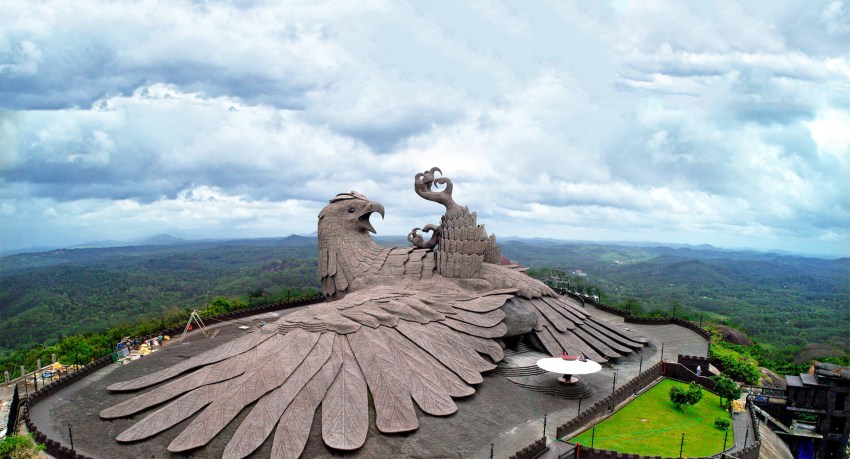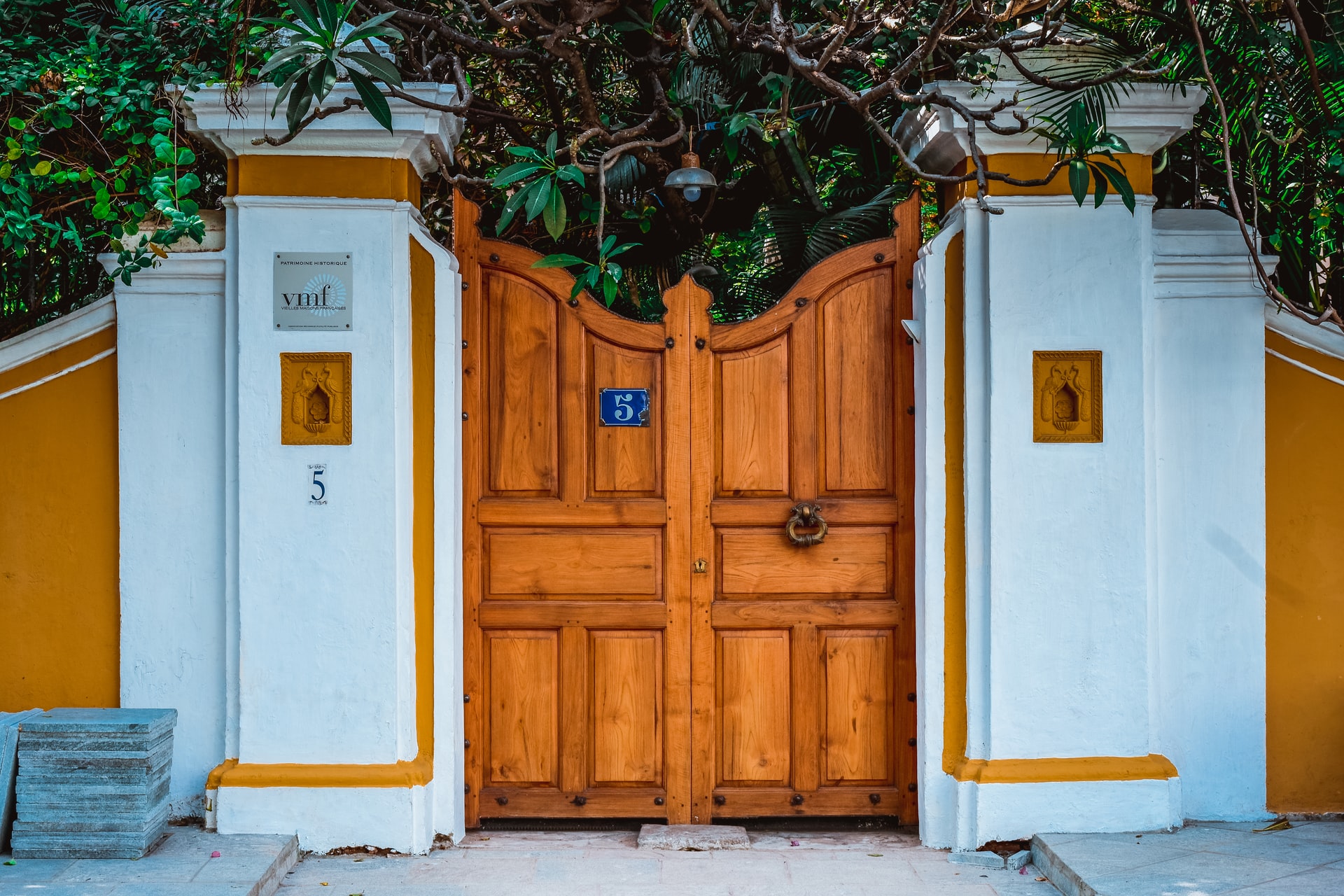Halloween, the spooky and enchanting holiday celebrated on the 31st of October, is known for its colourful costumes, thrilling tales, and, of course, the iconic jack-o’-lanterns. These carved pumpkins with eerie faces illuminated by candles have become a staple of Halloween decorations. However, the story behind these Halloween pumpkins is a fascinating journey that stretches back to Irish folklore. In this blog, we’ll delve into the history of the Halloween pumpkin, from its origins in Ireland to its prominent place in American Halloween traditions.
The Legend of ‘Stingy Jack’
The tale of the jack-o’-lantern begins with the legend of “Stingy Jack.” According to Irish folklore, Stingy Jack was a clever but selfish man who invited the Devil to have a drink with him. Not wanting to pay for the drinks, Jack convinced the Devil to transform into a coin that he could use for payment. Jack then trapped the Devil by placing the coin next to a silver cross, preventing him from reverting to his original form.
Jack made a deal with the Devil: he would release him, provided the Devil promised not to claim his soul and leave him alone for a year. When the year passed, Jack tricked the Devil again by getting him to climb a tree to pick fruit. Jack carved a cross into the tree’s bark, ensuring the Devil couldn’t descend until he promised not to trouble him for another decade.
Eventually, Jack passed away, but his unsavory character led to neither heaven nor hell accepting him. The Devil, abiding by their agreement, refused to claim Jack’s soul and sent him off into the night with only a burning coal to light his way. Jack placed the coal inside a hollowed-out turnip, which became his lantern. The Irish began referring to this spectral figure as “Jack of the Lantern,” or “Jack O’Lantern.”
The Evolution of Jack O’Lanterns- History Of The Halloween Pumpkin
In Ireland and Scotland, people began carving their own versions of Jack’s lanterns by etching scary faces onto turnips and positioning them near doors or windows to ward off wandering evil spirits, including Stingy Jack. In England, large beets were used for this purpose.
When immigrants from these regions came to the United States, they brought the tradition of jack-o’-lanterns with them. However, they discovered that pumpkins, a fruit native to America, were more readily available and easier to carve than turnips or beets. This switch to pumpkins marked the beginning of the iconic Halloween decorations we know today.
Modern-Day Halloween Pumpkins
Over time, the tradition of carving pumpkins has evolved, and it has become an integral part of Halloween festivities in the United States and many other countries. Today, families gather to carve intricate and creative designs into pumpkins, often showcasing scenes from horror movies, iconic characters, or traditional spooky faces.
The illuminated jack-o’-lanterns, whether placed on porches or lining the streets, add a ghostly and enchanting atmosphere to Halloween celebrations. Beyond their origin in Irish folklore, they symbolize the spirit of Halloween – a time when the veil between the living and the dead is said to be at its thinnest.
Conclusion- History Of The Halloween Pumpkin
The history of the Halloween pumpkin is a captivating journey from an Irish myth about Stingy Jack to the modern-day tradition of carving pumpkins into jack-o’-lanterns. As Halloween approaches, the sight of these glowing gourds on doorsteps and in windows continues to evoke a sense of enchantment and wonder. So, the next time you carve a pumpkin, remember that you are participating in a tradition that spans centuries and has its roots in Irish folklore and the legend of Stingy Jack. Happy Halloween!


